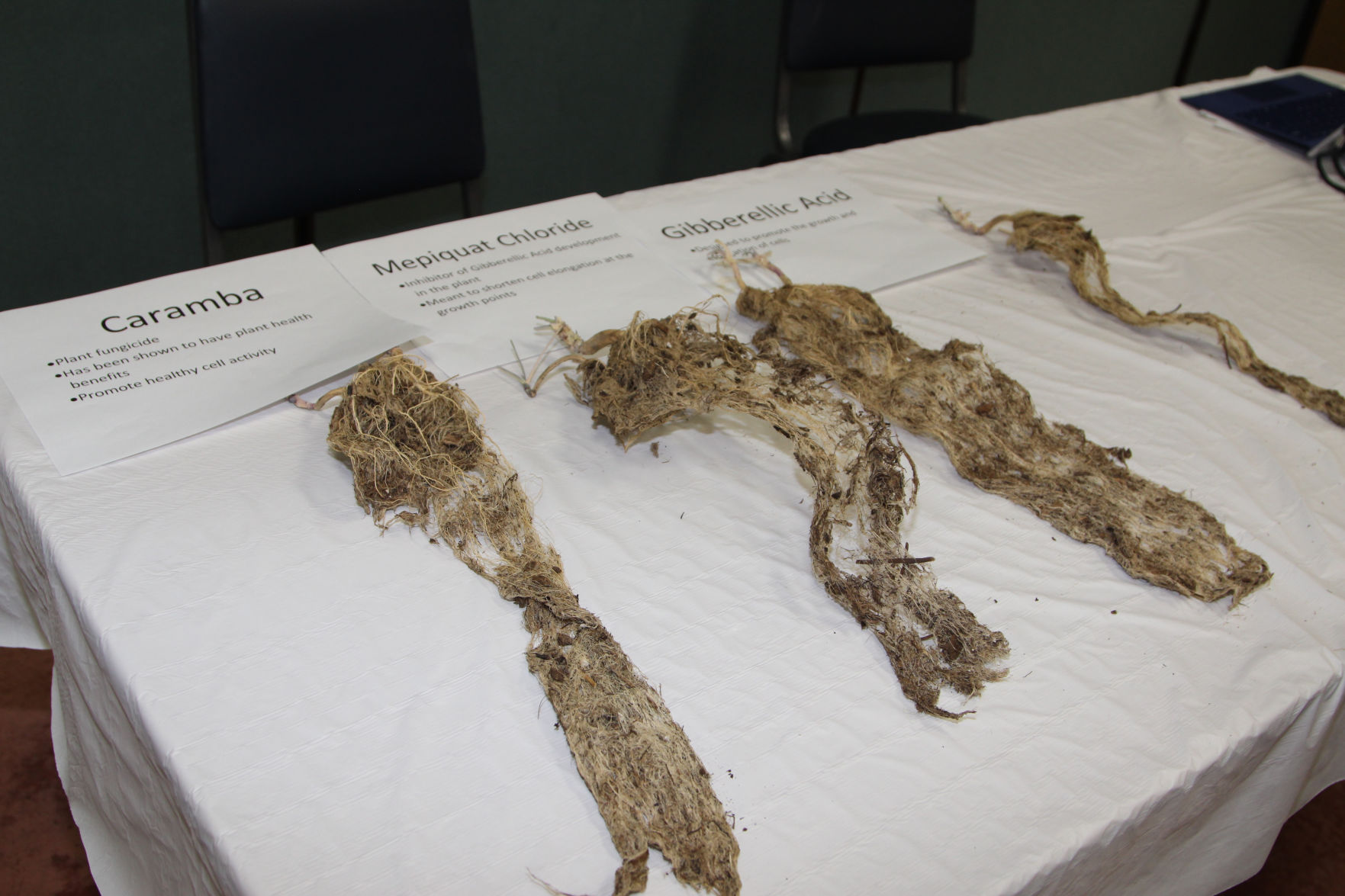In the past decade, winter canola has seen highs and lows in the Southern Great Plains. Yet, as Ron Sholar, explained to attendees at the 2018 Canola College in Enid, Oklahoma, it has a place in a sustainable cropping system.
“At its peak, in 2011-12, canola sold for $12 a bushel, but wheat was $8.50,” Sholar reminisced. “We’ve taken a hit on all commodity prices. Canola has become a part of our cropping system on the Great Plains. Wheat and cattle have defined our Southern Great Plains agriculture and that’s what’s worked.” Sholar led off the day of speakers Jan. 19.
One thing Oklahoma and Kansas farmers know to be true is that it gets hot and dry in their region, Sholar added. Canola can fare pretty well in drought conditions and as an oilseed crop it has a built in profitability on par with soybeans that don’t do so well in hot and dry conditions.
Canola works with the common wheat and stocker system in place over much of Oklahoma and southern Kansas.
“We need to grow wheat, we aren’t trying to replace all wheat with canola,” Sholar said. And yet, because canola is a winter broadleaf crop it still offers an opportunity to break up the weed cycle in fields and overall improve the following wheat crop’s yield and cleanliness—both keys to maintaining Oklahoma’s wheat market internationally.
“The wheat-canola rotation still provides us a 15 to 20 percent increase in wheat yield,” Sholar added. “It improves our soil health with a tap root that is long and strong and can mine nutrients that cereal crops just can’t. And you can make a little money.”
Jeff Scott, president of the Great Plains Canola Association, one of the sponsors of the sixth annual Canola College, updated growers about the policy outreach of the association.
“We’re working on the farm bill right now and starting to sit down with our legislators of our farm states,” Scott said. While he doesn’t expect major tweaks to the bill, he did say that the association is hoping to keep crop insurance available for canola growers and work on parity of target prices.
With canola acres down in the region since 2014, Sholar and Scott both reiterated that it’s a rebuilding phase for canola. According to the U.S. Department of Agriculture National Agricultural Statistics Service, in 2017 Oklahoma harvested 135,000 acres of canola, with a total yield of 191 million pounds, up from 2016’s yield of 114 million pounds. Kansas harvested 45,000 acres, with a total yield of 62 million pounds, up from 2016’s yield of 46.5 million pounds. The Jan. 12 NASS Winter Seedings Report estimated that seedings in Kansas and Oklahoma for the 2018 harvest are a combined 120,000 acres, a decline of 43 percent from 2017.
As a farmer, Scott understands why some are hesitant to put canola into their rotations.
“It’s hard for Southern Plains farmers to wrap their heads around a systems approach,” Scott said. “I was one of them. It’s hard to look three, four, five years down the road and not just at this year. And when things are tight, it’s hard not to look at it year-by-year.
“Yet, we’re seeing a core group of growers who are seeing the long-term rotational benefits of putting canola into their system and sticking to it regardless of price fluctuation,” he continued. “We’ve grown wheat 100 years no matter the price and they’re taking that attitude with canola.”
The day included speakers from Kansas State University and Oklahoma State University offering advice on the agronomic issues of raising canola and the economics of marketing their crop.
Jennifer M. Latzke can be reached at 620-227-1807 or [email protected].



